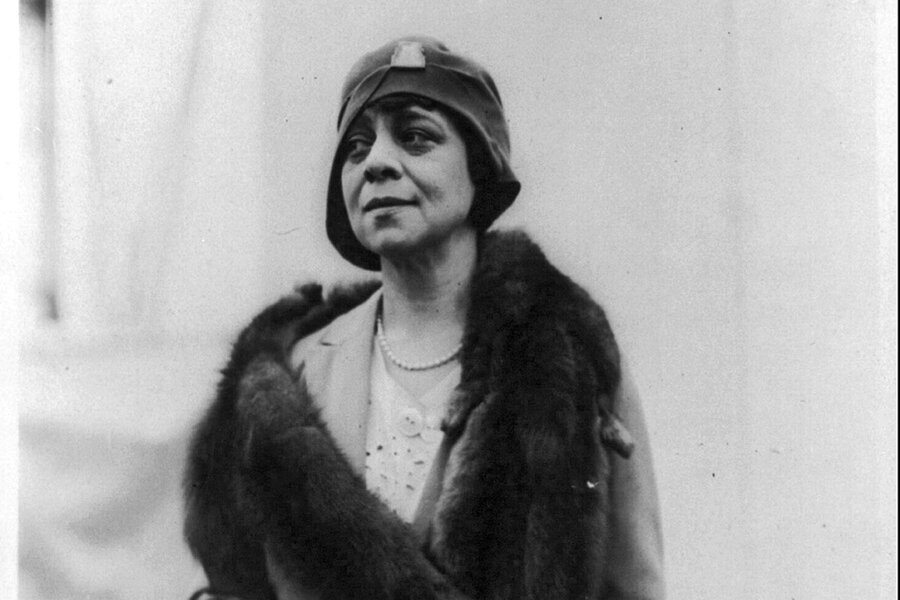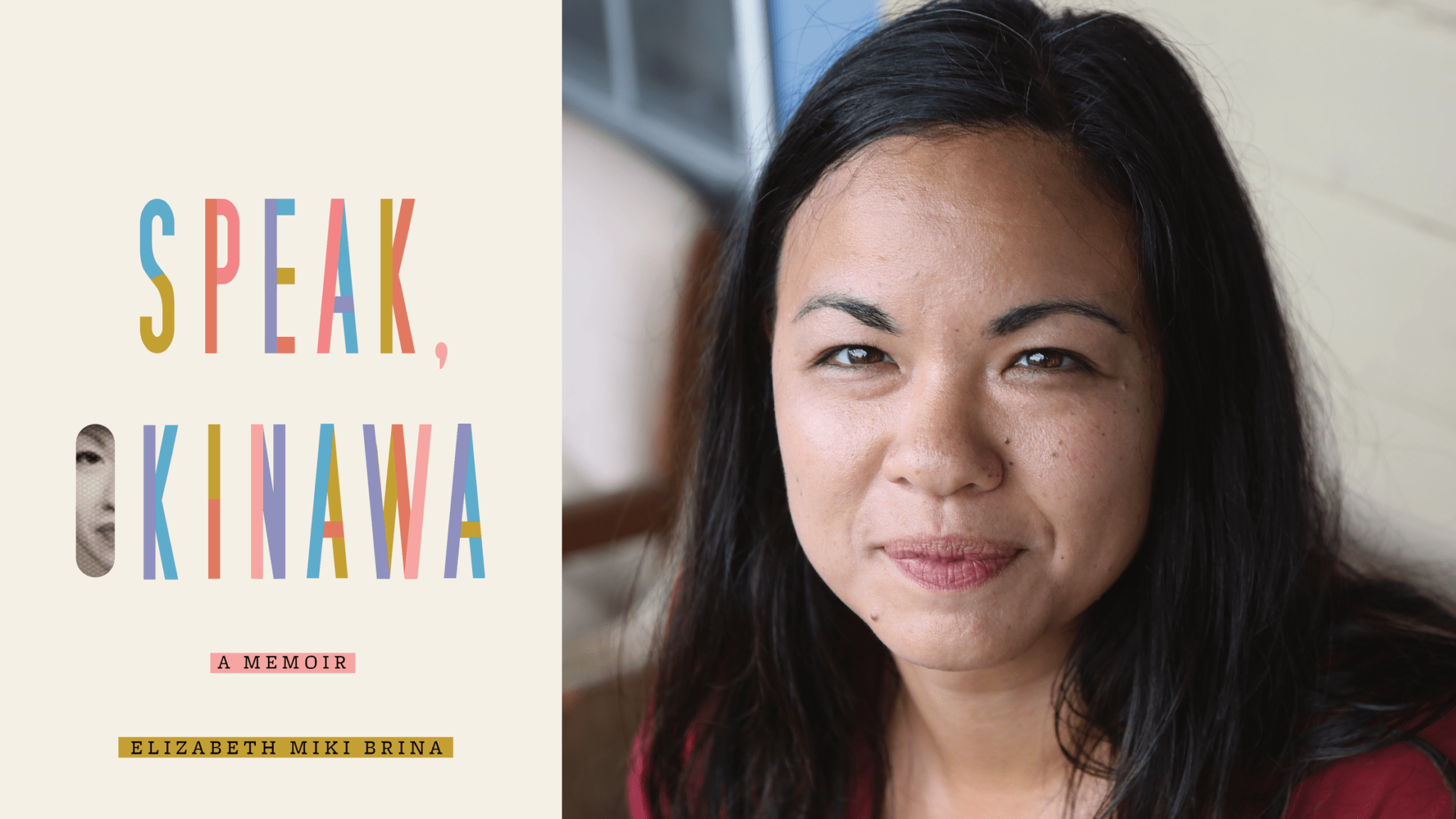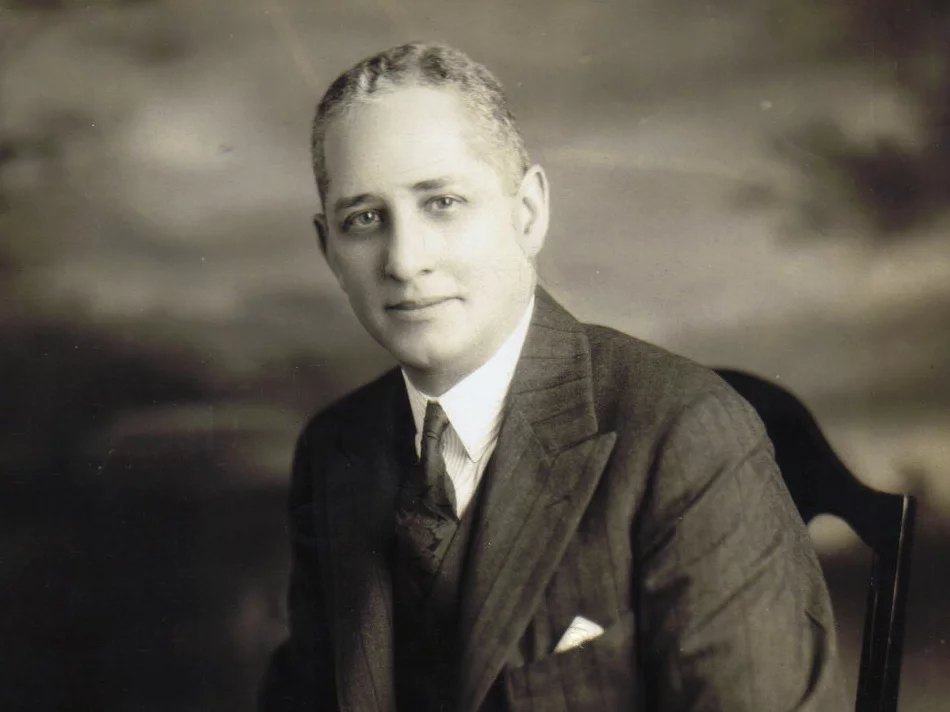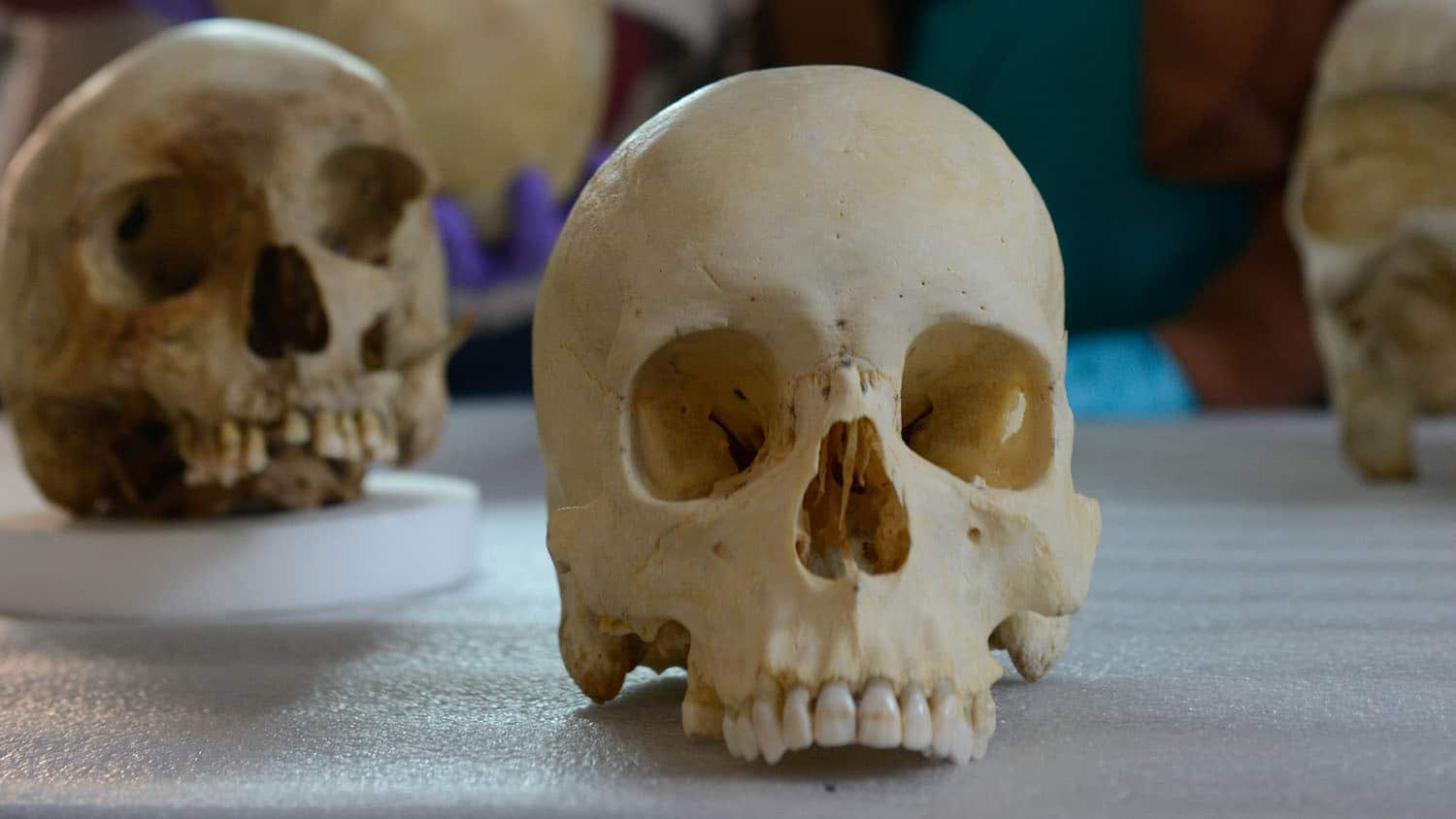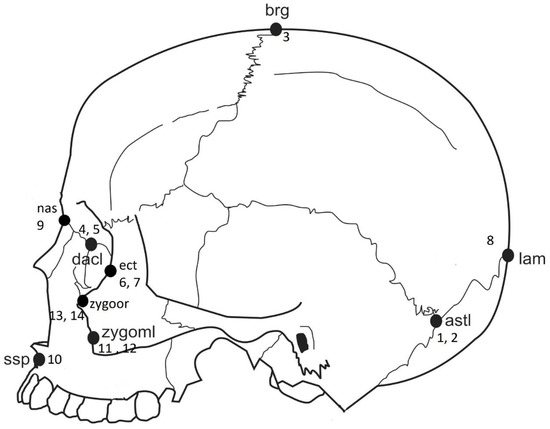Revealing Britain’s Systemic Racism: The Case of Meghan Markle and the Royal Family
Routledge
2021-04-01
266 pages
Hardback ISBN: 9780367765453
Paperback ISBN: 9780367765415
eBook ISBN: 9781003167433
Kimberley Ducey, Associate Professor of Sociology
University of Winnipeg, Manitoba, Canada
Joe R. Feagin, Distinguished Professor and Ella C. McFadden Professor of Sociology
Texas A&M University, College Station, Texas
Revealing Britain’s Systemic Racism applies an existing scholarly paradigm (systemic racism and the white racial frame) to assess the implications of Markle’s entry and place in the British royal family, including an analysis that bears on visual and material culture. The white racial frame, as it manifests in the UK, represents an important lens through which to map and examine contemporary racism and related inequities. By questioning the long-held, but largely anecdotal, beliefs about racial progressiveness in the UK, the authors provide an original counter-narrative about how Markle’s experiences as a biracial member of the royal family can help illumine contemporary forms of racism in Britain. Revealing Britain’s Systemic Racism identifies and documents the plethora of ways systemic racism continues to shape ecological spaces in the UK. Kimberley Ducey and Joe R. Feagin challenge romanticized notions of racial inclusivity by applying Feagin’s long-established work, aiming to make a unique and significant contribution to literature in sociology and in various other disciplines.
Table of Contents
- Systemic Racism: Britain Now and Then
- Straight Out of the White Racial Frame
- Post-Racial Duchess or Trophy Wife of Diversity?
- White Men Ruling and the Problem with Meghan Markle
- Feminist Counter-Framer and Anti-Racist Counter-Framer: Disrupter of Elite White Dominance
- “Where Is This Racism You Keep Talking About?”: Sincere Fictions of the Virtuous White Self
- Concluding Thoughts: The Royals, British Racism, and the Coronavirus Pandemic


